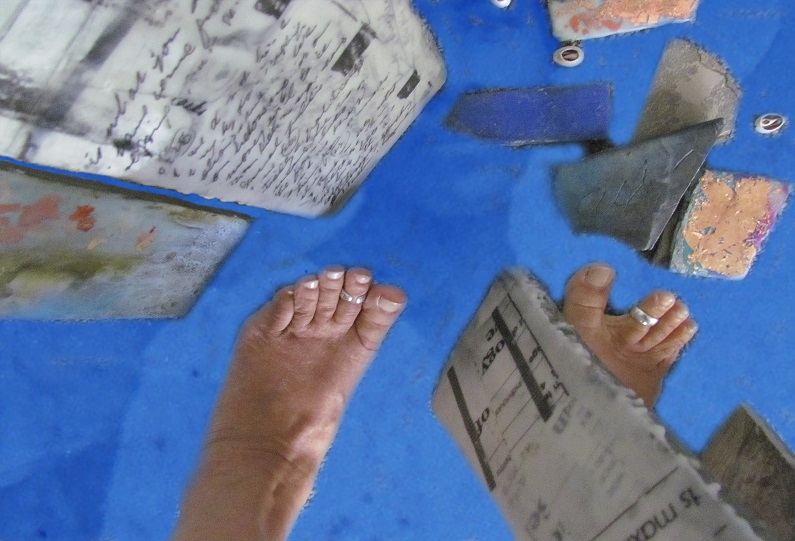by Katie Wilde
“The idea of changing or improving the world is alien to me and seems ludicrous. Society functions, and always has, without the artist. No artist has ever changed anything for better or worse.” – George Baselitz
It may be true that art doesn’t change the world in such concise and iconic sweeps, the way some medical discoveries have, for instance.
Our lives can feel saturated with activism; another petition in your email inbox, another passionate blue-vested youth with a clipboard stopping you at streetlights, another save-the-whale t-shirt (if those are still a thing). Worthwhile, but overwhelming. The nature of our news media also contributes to a widespread sense of “compassion fatigue”, where repeated exposure to crises dampens our emotional response to them over time.
So why bother trying to change the world with art?
Art gives voice to the silenced. Art tells the other side of the story. Art says what can’t be expressed in words. It allows us to access difficult histories, current situations, and explore the problems and solutions of the future.
Rather than citing world famous examples, to which the response sometimes is “Yeah, but that’s New York – it doesn’t really apply here,” I’m going to mention a few things closer to home.
Wahiia performing Where is the Solidarity at AXENEO7 in Gatineau, QC
I’m ashamed – on behalf of myself and our country’s education system – that I’d never heard of a Residential School before I went to university. And no, not even then did I learn it from teachers. I learned it from a classmate – through art. Victoria Ransom (Wahiia) and I had a sculpture class together where we were practicing the art form known as installation – when art takes over and includes the room or space, rather than simply being displayed there. Through her installations and performances, I learned about Wampum Belts, broken treaties, and the echoing impact of the Residential School system. Surrounded by mostly white descendants of settlers and immigrants, she bared her experience and gave us space to ask questions. It was incredibly brave and the eye-opening experience of her art changed me. Because of her art, first and foremost, I have a better understanding – far from complete, but better – of the state of our country and what work is left to do. It changed how I speak. It changed how I vote.
 Path of Bones 15, 2015. Mosa McNeilly, digital photo collage.
Path of Bones 15, 2015. Mosa McNeilly, digital photo collage.Locally, Mosa McNeilly’s performance and transdisciplinary art was my first exposure to the term ‘spiritual activism’. In February, Jane Litchfield wrote an article for Arts Blast featuring the artist, noting that, “Although McNeilly’s work contains narratives of outrage and grief, it is also deeply hopeful. She says, ‘The present is the history of the future. If we jostle things now, the future may stand a chance to be different from the present.'”
Speaking of hopeful futures, Wellington Water Watchers recently engaged artists to do workshops with eighth-graders as part of their H2Awesome program. In addition to hands-on workshops such as might be found in a science or geography classroom, students also learned about the water cycle while painting clouds, and participated in dance, spoken word and media activities.
Learning more about something promotes understanding, which fosters care for and an urge to protect or preserve it. The great thing about learning through art is that for viewers, readers and listeners, there is room to form one’s own thoughts about the issues explored within. It can be a springboard for personal research and growth, through its deep potential to provoke, strengthen, share and inspire.
Why bother? Art, by provoking thought, feeling and understanding, changes individuals. And individuals change the world.
For more local and international activism intersecting with arts, check out ArtsEverywhere, an initiative of the Guelph-based Musagetes Foundation. (They’re also hiring).








